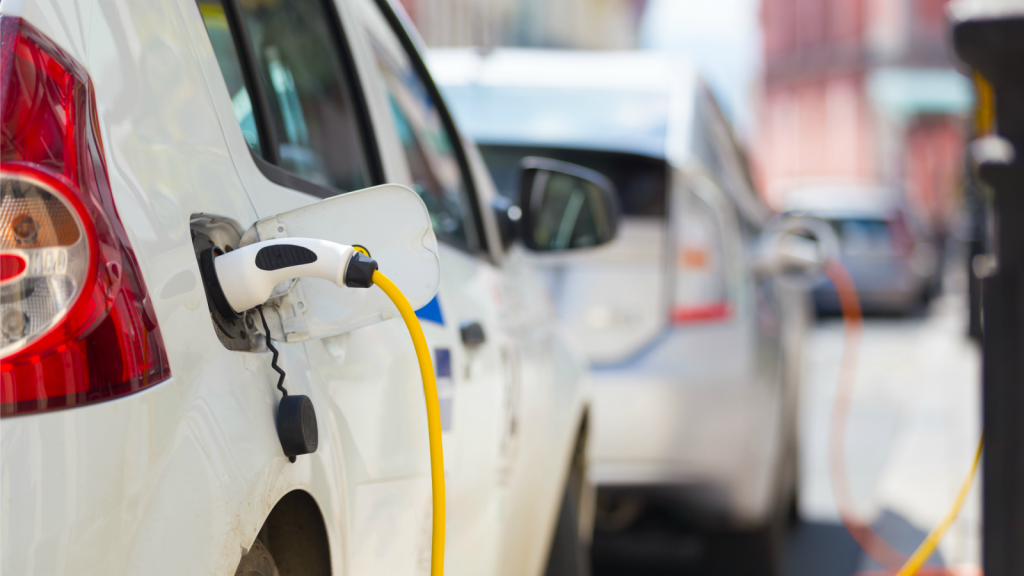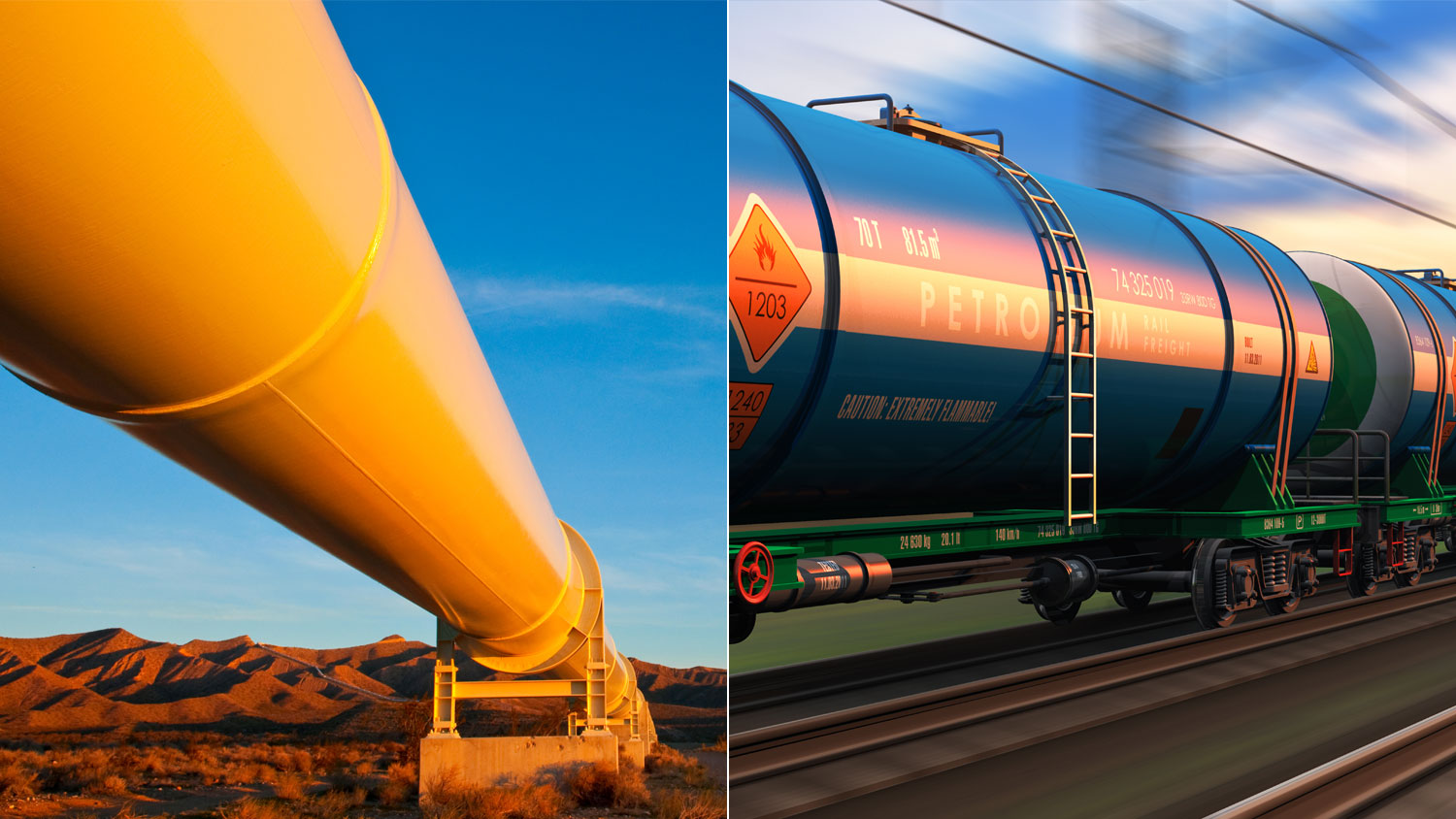So the president rejected the permit for Keystone XL (well, the northern part of it, anyway). And there was much rejoicing, especially on the interwebs. “THOU HAST NOT EATEN BALONEY SANDWICHES BEHIND BARS IN VAIN, DEAR COMRADE!” wrote Rebecca Solnit on Facebook to nature writer Christopher Shaw, who was one of the 70 KXL protestors who spent three days in D.C.’s Central Cell Block in August of 2011. “THANK YOU!”
KXL was the training ground for a generation of activists — from the young college students who are the usual suspects in these situations to new and unexpected arrivals, like the Cowboy and Indian Alliance. The coalition-building around KXL spilled over to and informed some enormous actions, like the People’s Climate March.
But the Keep it in the Ground movement wasn’t just about KXL — it was about halting the approval process for new oil, gas, and coal infrastructure across the country and around the world. A lot of that infrastructure is still out there, or still in the planning stages. Here’s a short field guide to what else is moving oil and gas around (or would like to do so):
Those other, less famous Canadian pipelines
Justin Trudeau, Canada’s new prime minister, has come out against, and will probably kill, the controversial Northern Gateway Pipeline plan. But that’s an easy enough pipeline to oppose — the plan was already on the ropes after a Canadian Supreme Court ruling last summer declared that the First Nations along the pipeline’s path actually controlled the land, not the Canadian government.
That leaves Energy East (which already connects Alberta and Quebec, but which TransCanada is trying to make a lot bigger) and a pipeline between Alberta and Vancouver, which Kinder Morgan is trying to triple in size. Trudeau has been coy about both, saying that Canada obviously needs to get its oil to market, but that the approval process under his pipeline-happy predecessor, Stephen Harper, needs “reform.”
Those pipelines that leak
Just in the last few weeks I’ve run across articles about a leak of 9,450 gallons of oil in North Dakota, 1,400 gallons of oil and water in Orange County, and a leak of an unknown amount in the Chukchi Sea in Alaska — that was finally traced back to its source and welded shut after a year of reports of a mysterious oily sheen on the water. Natural gas leaks — in cities and elsewhere — are just as bad.
We’ve got a lot of aging infrastructure in this country. Industry publications are bragging that it’s a boom time for pipeline leak detection and patching, despite the fact that the regulations around detecting those leaks have a lot of loopholes.
Environmental organizers like 350.org’s May Boeve argue that fixing pipelines can create just as many good, working-class jobs as building new ones. Expect to see this issue crop up even more as we head into an election year, when the word “job” is like a holy incantation that must be repeated, over and over, in order to attain political victory.
Those pipelines that explode
Seriously. This infrastructure thing. Natural gas pipelines are aging just as hard as crude pipelines, but with added potential for combustibility. Technology has given us the marvel of the “smart pig” — a tiny robot that can crawl inside pipes and inspect them for cracks and faulty welds. But many pipes are too small in diameter and therefore “unpiggable.”
Leaking/exploding trains
This is a big one, and something that the people who worked to block Keystone XL are accused of causing. Even though the drop in oil prices has slowed down oil production and transportation, plenty of oil is still being loaded on trains because a fair number of oil and gas operations are in such low-production areas that building a special pipeline doesn’t make any sense. And because, well … a bunch of people went out and blocked a bunch of pipelines.
If you are one of those people, you should not let anyone make you feel guilty. If you’re going by volume, pipelines spill more oil than trains filled with oil do. But when a train gets into an accident, there’s a risk of people getting injured, because going right through town is just what railroads do.
One of the quirks of being a railroad (as opposed to, say, FedEx) is that you can’t refuse to ship something just because you’re worried it might explode and kill a lot of people — even though, when an accident happens, the liability falls on the railroad, not the company that dug up the volatile hydrocarbons and put them on the railroad in the first place.
Cities and states also can’t ban oil-by-rail — but they can demand information about what is being shipped through their borders, they can beef up their disaster response, and they’ve had some success with refusing to approve new oil infrastructure. You know that word, NIMBY? “Not In My Back Yard”? People rag on NIMBYs all the time — myself included. But one reason NIMBYs are hated is because they have real power to block things, even when, say, environmental regulations in their area have been gutted, or are just not being enforced. KXL would not have been stopped if not for the NIMBYs along its route, who delayed the process long enough for one permit after another to expire. To that end: Keep an eye on the new oil-by-rail terminal that Tesoro is trying to build in Vancouver, Wash. That’ll be one to watch in 2016.



